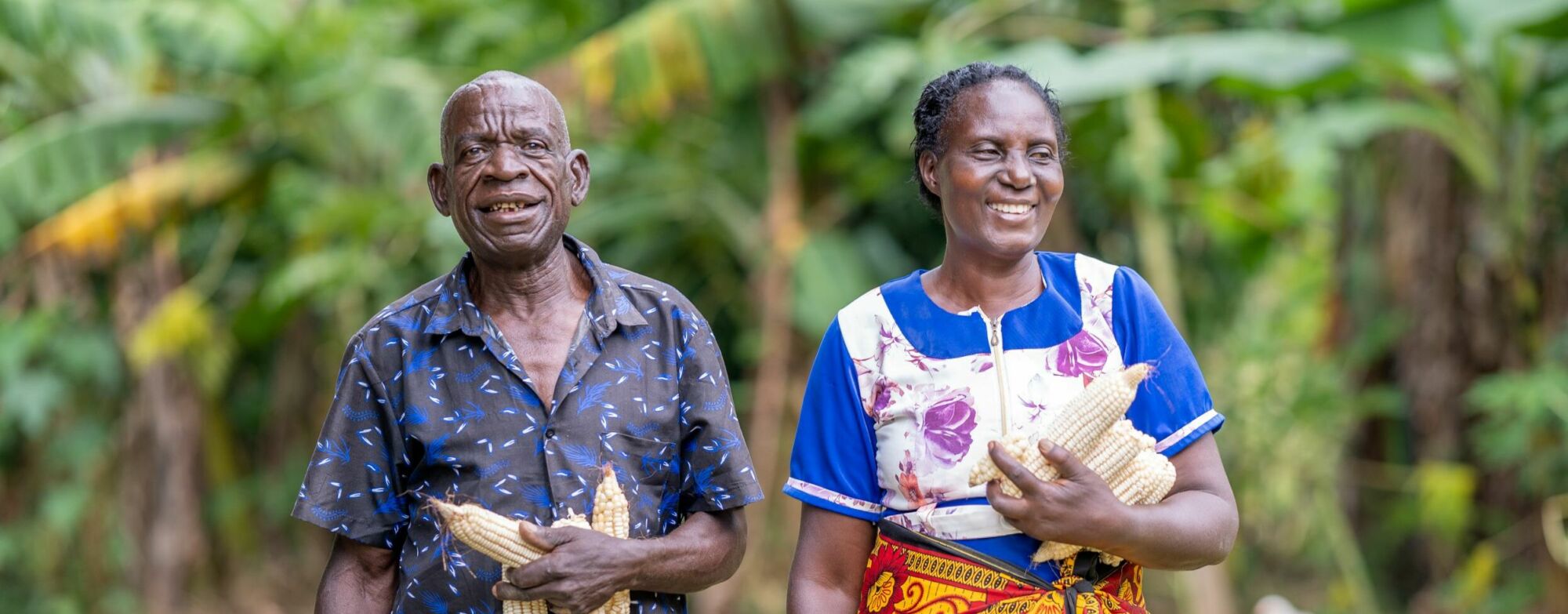As of December 2023, we had contributed to planting over 160 million trees since our first project started back in 1983. Over the last decade, we have reached and improved livelihoods for about 2,4 million people (before that, we mostly kept track of trees planted, even though we certainly benefitted people too).
What impact does our work have? In the 1980s, we set out to stop deserts from spreading and green the area around Lake Victoria – which were did.
Do the trees still stand around Lake Victoria? Most of them yes, they still stand tall. Communities and local governments have kept the area lush and thriving, caring for the trees in forests and farmlands, taking down some, but always planting new. Because planting and caring for trees is part of how they live and farm now. They see the trees’ many benefits for nature and themselves, and they have the skills to tend to the trees.
Gradually, we have evolved into a more holistic development organisation. We apply agroforestry (growing trees as part of farming and livestock keeping) to various settings – always tailored to make maximum impact.
When we first meet with a local farmers’ organisation, we typically ask the farmers: Is your farmland on a slope? Does it rain heavily, washing away the soil? Or is drought your greatest challenge? Or perhaps both? Would you really need windbreak and shade? Is the land you farm no longer fertile and your crops often fail? Does your cow milk poorly?
Depending on their unique situation, we then propose what trees, bushes and crops can be combined and grow well on their farms. Soon, they notice that they harvest more from the same size of land without inputting more work. They can replace most fertilisers and pesticides with smarter ways of caring for their crops, and when extreme weather events hit, their farms withstand it a lot better than before.
Farming aside, how do we impact people’s lives? We enable people to eat more and better. Instead of stressing over where their next meal will come from, agroforestry farmer families tend have a variety of food crops, including fresh fruits and vegetables to choose from in their own back yard. Throughout the year, there’s always something to eat. Most of the year, there is even a surplus to be sold. Many proud parents have told us how that the extra income has enabled them to pay school fees for all their children, and even pay for higher education.
Knowing you can sustain your family and withstand harsh weather events better is also a stress relief. Imagine the feeling of not needing to worry as much anymore. Imagine the sense of optimism for the future. Once we have ensured families can meet their basic needs, we offer entrepreneurship courses and improved access to capital through setting up Village Savings and Loans Associations (VSLAs).
